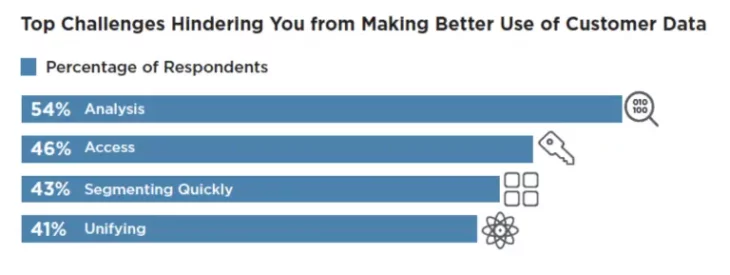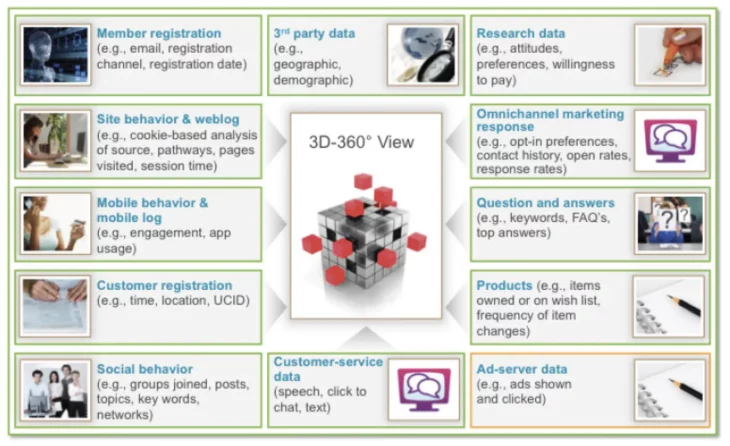Analysis is perhaps the hardest of these functions so it’s probably no surprise that 54% of all respondents in our study considered this to be a top challenge. As a 20-year data-driven marketer, I attribute the data analysis challenge to three things: lack of a strategic approach to the analysis, missing data analysis skillset in many marketing teams, and deployment of the wrong technology.
It all starts with strategy. Very often marketing teams jump into data analysis expecting to dive into the data in the hopes of an answer revealing itself. And very often, such efforts take a lot of effort and don’t produce the results expected. It’s the “dumpster diving” of data analysis. Instead, it is far more effective to start with one or more hypotheses, frame the questions you want to answer and then start the analysis.
There’s no substitute for having the right people. Data-driven marketing has been the domain of a relatively small number of people and good talent is hard to find. This leads to marketing leaders confusing people who know how to create reports and run operations with those who can effectively frame the problems they are trying to solve and use analytical techniques to solve those problems
Use the appropriate technology to solve the problem rather than using the latest technology hoping to get the answers. This starts with setting up the problem correctly, identifying use cases and then using the right technology that collects and helps analyze the data.
McKinsey & Company go beyond these three general areas to identify several other more specific issues in their recent report, Ten Red Flags Signaling Your Analytics Program Will Fail.





